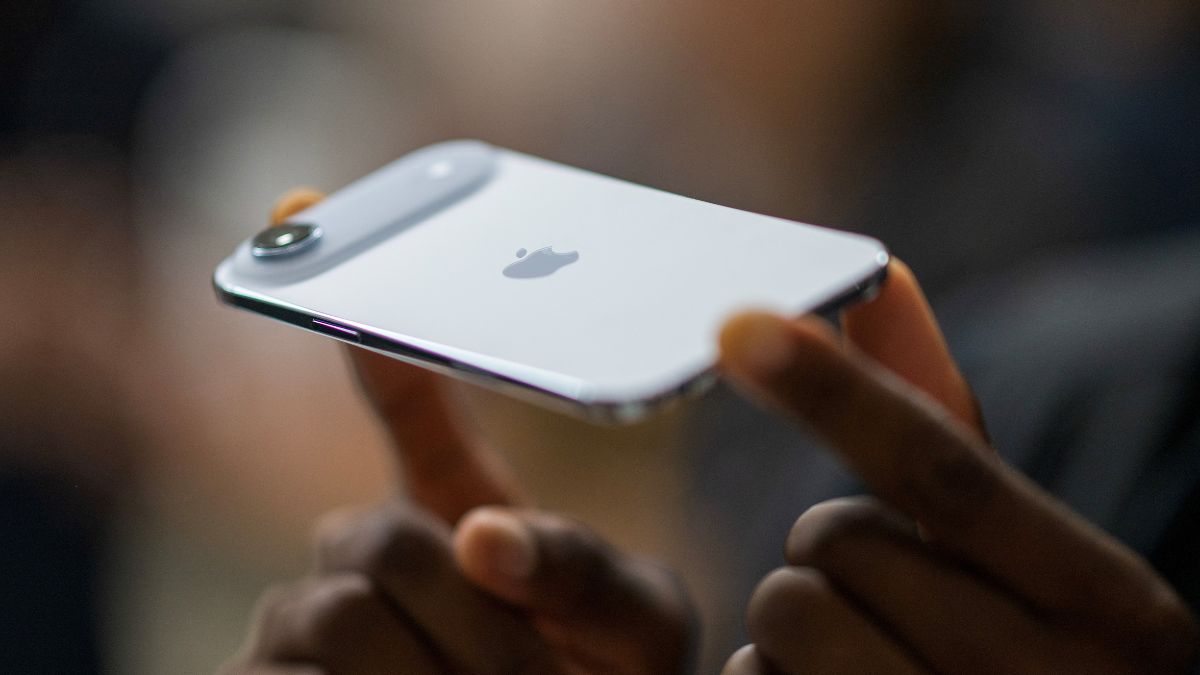Apple customers are willing to pay double the amount they used to pay almost a decade ago for the new iPhone range.
Apple officially launched the iPhone 17 lineup this week, which includes the iPhone 17, iPhone 17 Pro, iPhone 17 Pro Max, and iPhone Air. The iPhone 17 Pro Max, the flagship model, introduces an impressive 2TB storage option, marking the first time Apple has offered this much internal storage for an iPhone. At $2,000, this makes it one of the priciest smartphones on the market.
With the smartphone market experiencing volatility, the introduction of high-tier storage options allows Apple to generate more revenue without necessarily selling more units. This strategy is seen as a response to shifting consumer behaviour, with inflation and tariffs leading many to tighten their spending on smartphones.
How is Apple hoping to drive up sales?
Analysts suggest that the introduction of the 2TB variant will help Apple raise the average selling price (ASP) of its iPhones, a key metric that signals how profitable the iPhone line is for the company.
Angelo Zino, senior vice president at investment research firm CFRA, told CNN that he expects the price increase to primarily be driven by demand for the iPhone Air, which has a $100 price bump compared to last year’s iPhone 16 Plus. However, he highlights that the 2TB storage option is a key differentiator that sets Apple’s high-end phones apart from competitors like Samsung and Google, whose flagship phones only offer up to 1TB of storage.
“I think it’s an interesting kind of offering, in the sense that I don’t believe there’s another phone out there that offers a two-terabyte internal storage,” he said.
Impact Shorts
More ShortsWhile the $2,000 iPhone 17 Pro Max is Apple’s most expensive iPhone to date, it’s still cheaper than some foldable phones on the market. For comparison, Samsung’s Galaxy Z Fold 7, which comes with 1TB of storage, is priced at $2,419.99, while Google’s Pixel 10 Pro Fold with the same storage costs $2,149.
Customers buy iPhones on EMI
However, the initial shock of the high price tag may be softened for many buyers by trade-in deals and instalment payment plans offered by carriers. According to Consumer Intelligence Research Partners, 55 per cent of US phone buyers opt for instalment plans, which make the upfront costs more manageable.
Despite this, economic uncertainty has caused many price-sensitive consumers to hold off on upgrading, especially those considering more affordable models rather than premium devices like the iPhone 17 Pro Max.
“Economic uncertainty tends to compress demand at the lower end of the market, where price sensitivity is highest," said Nabila Popal of the International Data Corporation (IDC).
Aside from the new storage options, the iPhone 17 Pro models feature a redesigned back panel, an improved zoom camera, longer battery life, and enhanced performance thanks to Apple’s new chip. The updated design is also said to allow for better heat dissipation, making the phones more efficient.
According to Wedbush Securities analyst Dan Ives, Apple is expecting a 5-10 per cent increase in iPhone preorders this year.
)